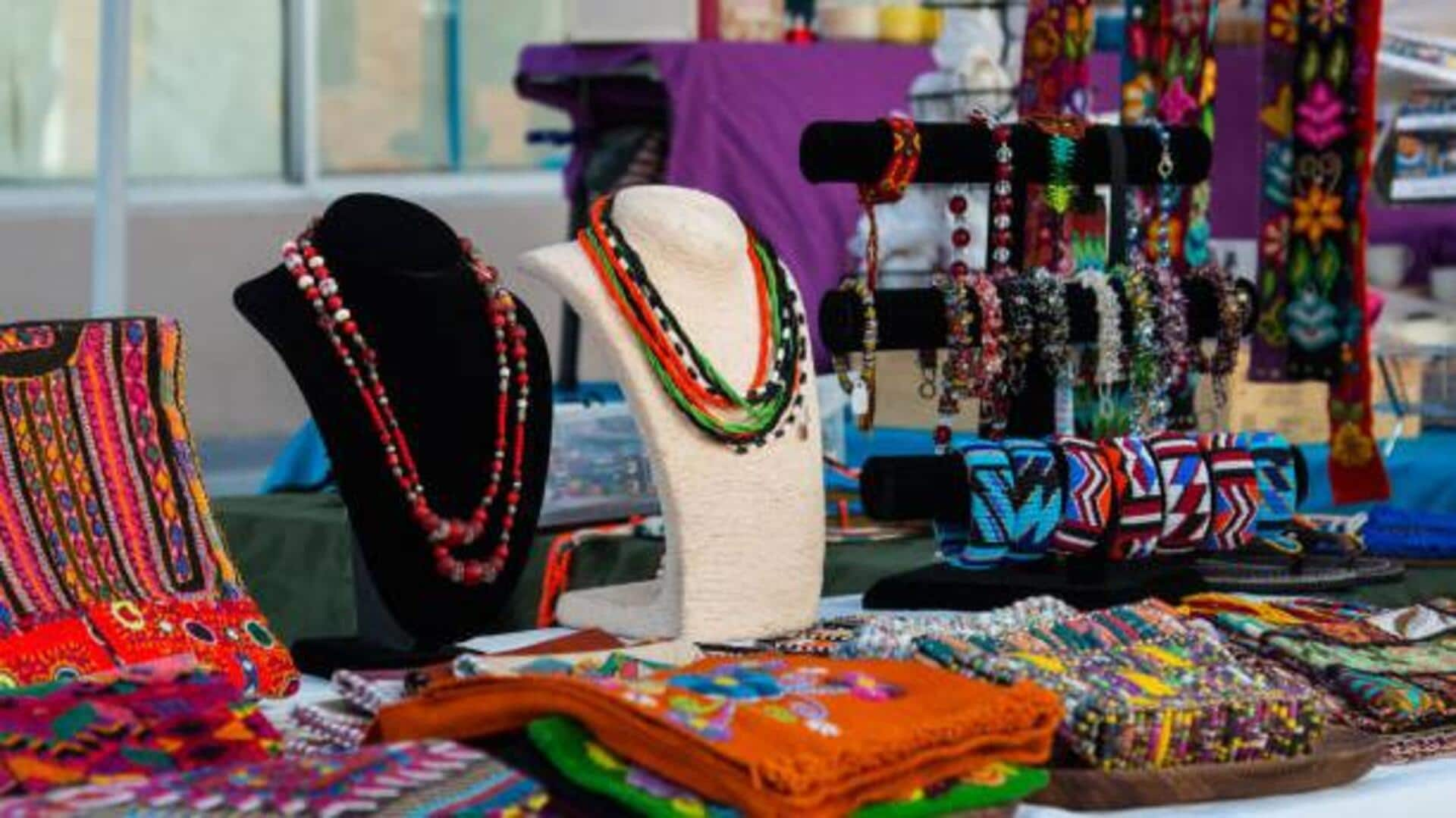
How to explore craft markets like a pro
What's the story
African handicrafts provide a window into the continent's cultural richness and artistic diversity.
Be it intricately woven baskets or vibrant textiles, these crafts are not just captivating but also narrate stories of tradition and community.
Delving into African craft markets can be a fulfilling experience, letting you interact with local artisans and learn about their creative processes.
Here are some tips to ace these colorful markets like a pro.
Local traditions
Understanding local craft traditions
Each region in Africa has its own distinct craft traditions, which has evolved from its history and culture.
For example, West Africa is famous for colorful textiles, while East Africa is renowned for its beadwork.
Knowing these regional differences can make you appreciate the crafts more and mindful when purchasing.
Artisan interaction
Engaging with artisans
Directly connecting with artisans gives you an insight into their techniques and inspiration behind them.
Many artisans would be more than happy to tell you their story, giving you an idea of the cultural significance behind every piece.
This interaction not only makes your experience richer but also contributes to local economy by recognizing the skill that goes into making these crafts.
Pricing tips
Navigating market prices
Prices at craft markets can vary greatly, depending on material quality and the level of craftsmanship.
While you can commonly negotiate prices, it's important to do this respectfully.
Getting a sense of the typical price range for different items can help you make fair offers.
These offers adequately compensate the artisans for their work, without undervaluing their effort and skill.
Authenticity check
Identifying authentic crafts
With so many replicas doing the rounds, it's important to know that authentic crafts have a story to tell, and you need to pay attention to detail to identify them.
Look for signs of handmade quality, like slight imperfections or unique patterns, that hint at an individual craftsman's work instead of mass production.
Asking questions about materials used or techniques employed can also give clues.
Sustainability focus
Supporting sustainable practices
Many African artisans prioritize sustainability, using local materials and eco-friendly techniques in their creations.
By supporting these practices, you encourage environmental responsibility within communities.
You also help preserve traditional crafting methods for generations to come.
This way, you can enjoy the beauty of African handicrafts without compromising on your commitment to the planet's well-being.